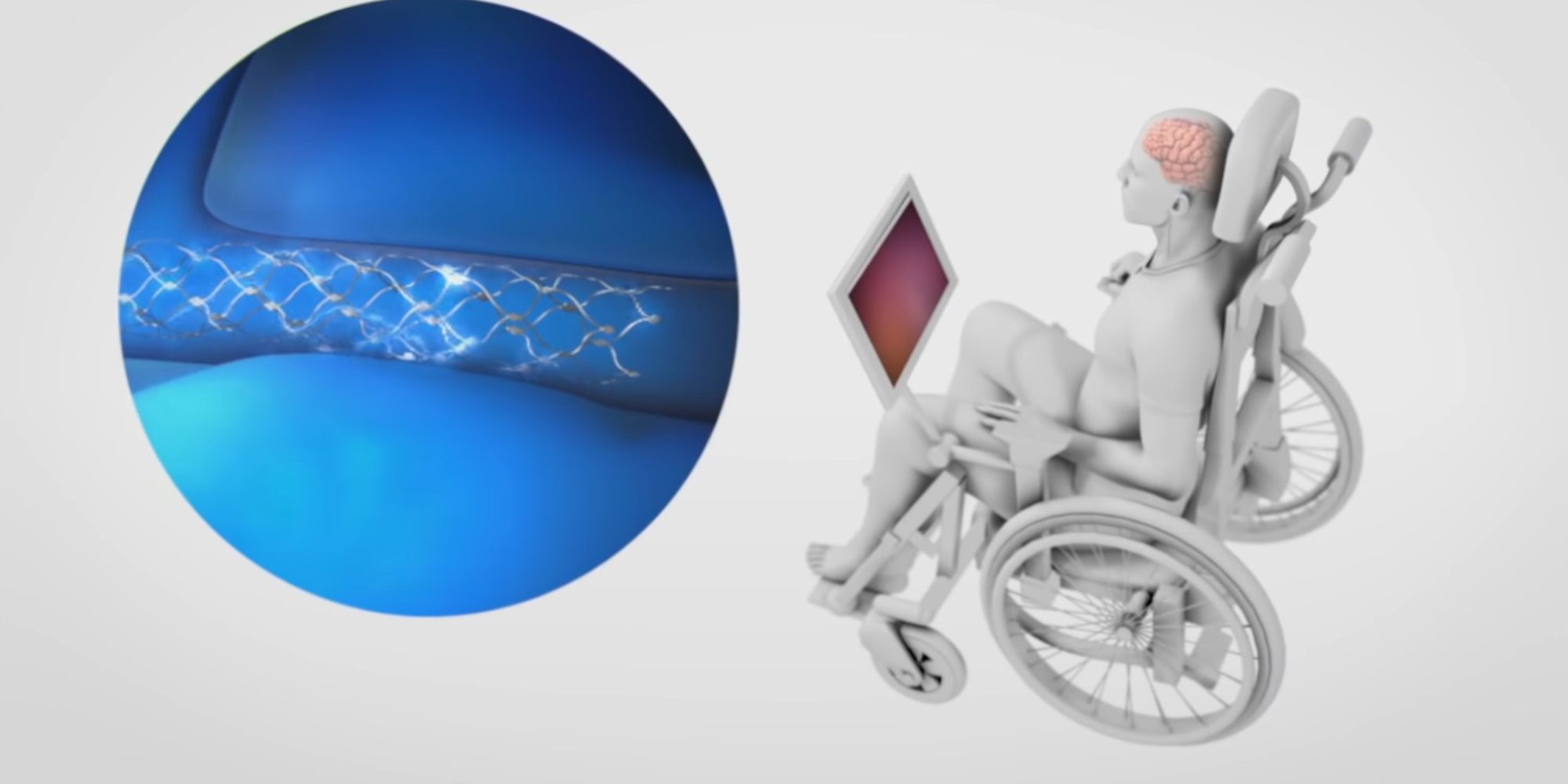For gamers, there’s a technological holy grail that’s best described in fiction like Ready Player One or Sword Art Online--a piece of technology that reads the mind of the player, allowing them to exist in a completely virtual world. The Synchron Switch is not that, but it might be a huge leap toward a brain-computer interface that lets players control games using their minds.
A new report from Semafor (via 9to5Mac) confirms Synchron has been approved by the US Food and Drug Administration to "run clinical trials on a computer-brain implant." That implant is called the Stentrode, and unlike previous implants, it doesn’t need a neurosurgeon to get placed inside a human brain.
The Stentrode is inserted into the jugular vein and then guided to the brain via a catheter. While that might sound scary, Synchron CEO Tom Oxley said that it requires skills that are fairly common in the medical industry. That’s important because Synchron’s hope is for the Switch to become a widespread tool among those with disabilities.
Which is why Synchron is connecting the Switch to an already ubiquitous device. From the brain, the Stentrode sends brain signals to a transmitter implanted below the skin on the patient’s chest. That Switch is then able to connect wirelessly to iPhones or iPad.
The tricky part is then getting the device to register a specific brain signal and translate that into an input on iOS. In the report, a patient with ALS was trained to use the brain signal to tap their foot which the Switch interpreted into a tap on an iPad's screen. In this way, the patient was able to type out words via text message.
The Synchron Switch is still in the early stages of development, but with time, this could revolutionize accessibility--both in general and for games. Plus, unlike a certain billionaire who recently purchased Twitter, Synchron didn’t need to allegedly murder 15 monkeys to make it work.

